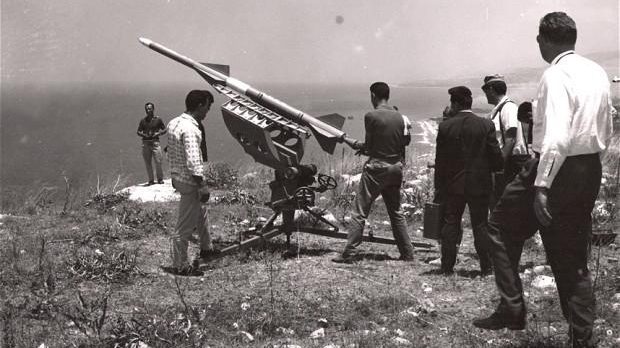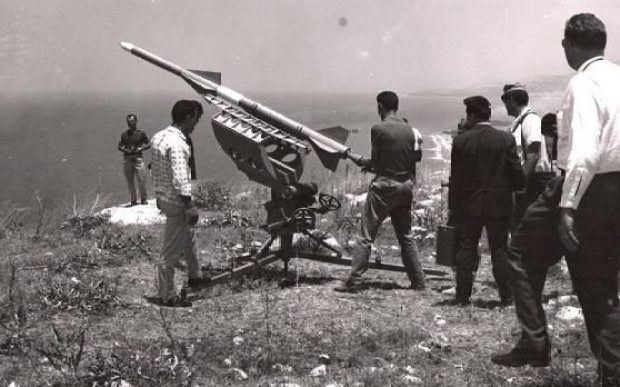
Although the U.S. and Russian space programs get the most ink, there’s actually a third chapter that should be added to history books: that of Lebanon’s. According to Smithsonian magazine, the short-lived Lebanese space program of the ’60s got unbelievably far along, and it’s all thanks to one man: Manoug Manougian.
As a teenager in Jerusalem, Manougian devoured science fiction books like Jules Verne’s From the Earth to the Moon, even as violence between Palestinians and Israelis shut down schools and disrupted daily life all around him. His love of sci-fi became a fascination with rocketry, and he would eventually lead an ambitious rocketeering program in Lebanon that, despite being the first of its kind in the Arab world, ultimately fell apart as hostilities with Israel led to the Six Day War.
The program began when Manougian joined Haigazian University’s faculty in Beirut. Inspired by the space race between America and the USSR, he redirected the school’s Science Club to build and test rockets. Manougian saw rocketry as an ideal mechanism for teaching students about the connections between mathematics, physics, and the sciences, and that was his only goal at first. But as he and his small team of undergraduates made more progress, they attracted national attention.
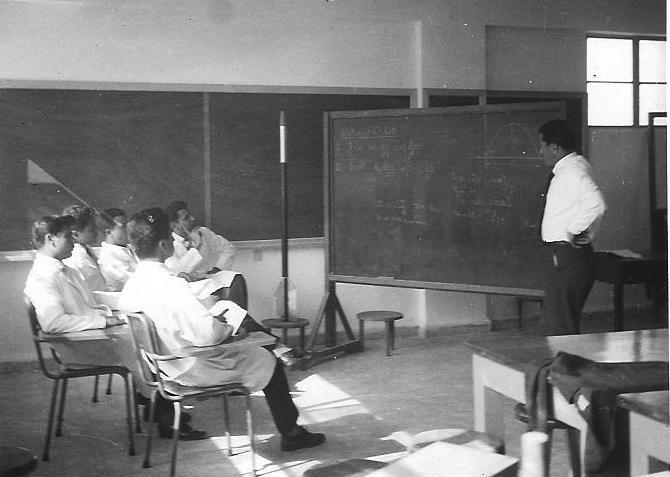
By 1961, Manougian’s team could build rockets capable of flying two miles up; a year later, one of their test rockets reached eight miles. This was achieved with a $300,00o budget (both the U.S. and Russia spent into the billions) and no sanctioned testing grounds. When the military took an official interest in the group’s activities, Manougian and his team took advantage of their ballistic expertise and other resources, and renamed themselves the Lebanese Rocket Society.
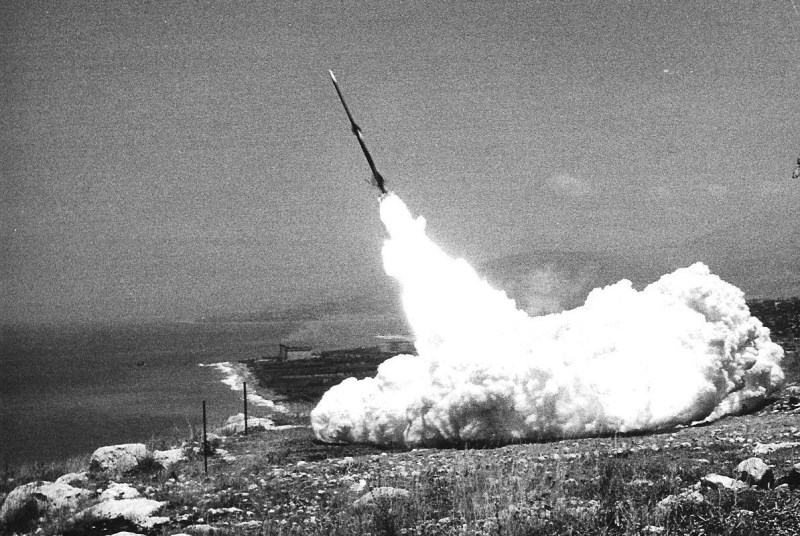
With the military’s help, they made rockets capable of breaching the Karman Line, better known as the internationally accepted frontier of space, with a peak trajectory of nearly 87 miles. Keep in mind that this was a small team in a small country, working with a shoestring budget. That they were in any way competitive with two of the world’s global superpowers is astounding, and speaks to their enthusiasm and resourcefulness as much as their education.
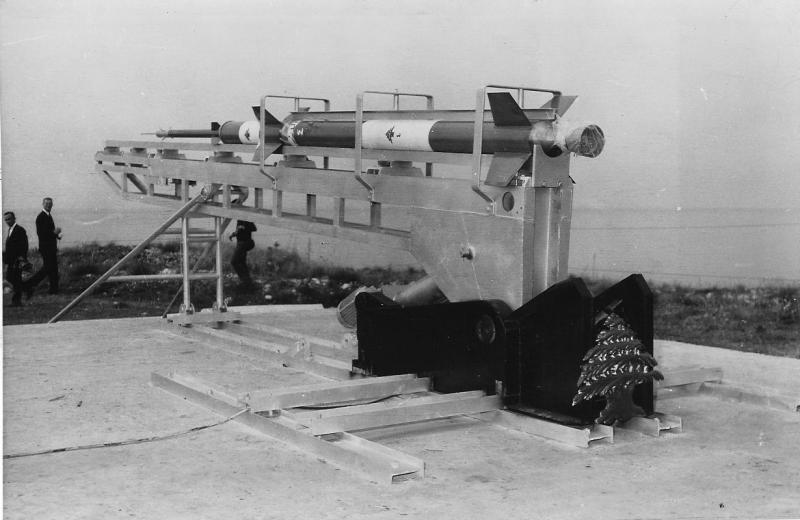
Unfortunately, the military was putting pressure on Manougian to turn his research toward the war effort, especially as tensions mounted between Israel and and a coalition of nations that included Lebanon. Unwilling to see his rockets turned into weapons, Manougian left the country altogether, and scientific research in Lebanon has floundered ever since.
To read the full story of the all-too-brief Lebanese space program, read Smithsonian‘s piece here.
This article was featured in the InsideHook newsletter. Sign up now.
